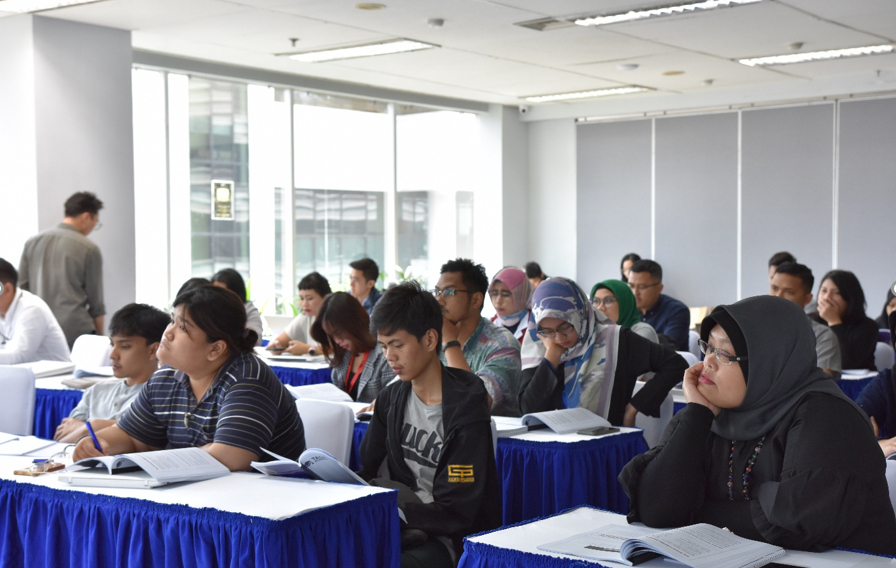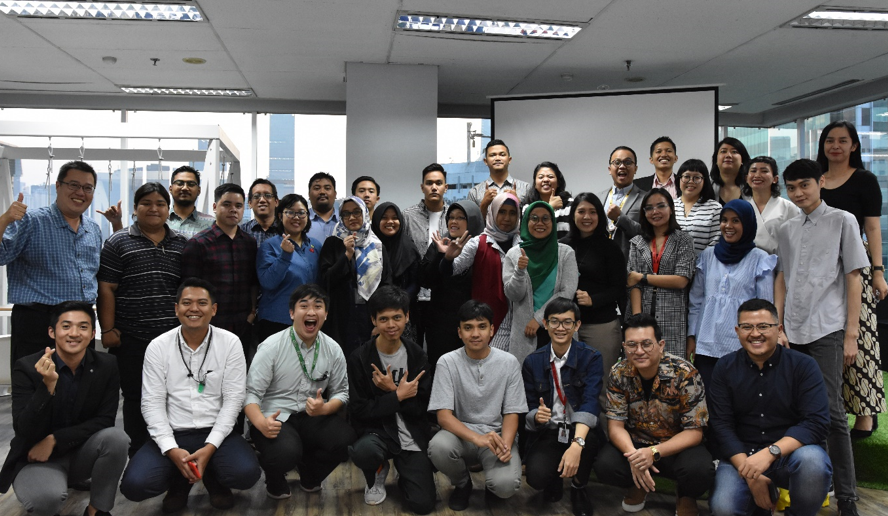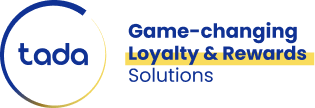%20(1).png?width=594&name=image%2014%20(2)%20(1).png)
The first Advocacy Training Class conducted on 23 May 2019 was a huge success. Professionals from around Indonesia came together in hopes of learning how to improve their company’s revenue with the power of advocacy marketing.
The objective of this program was to deepen the learning of attendees on the topic of customer advocacy. Specifically, TADA wanted to enlighten attendees on the value of loyal customers and how to keep them coming back.
Program Outline
The sessions transpired were as follows:
Chapter 1 - History of Customer Engagement Methodology
Chapter 2 - Rise of Advocacy Marketing: How It Changes Customer Engagement Strategies
Chapter 3 - The Elements of Customer Advocacy & Engagement Program
Chapter 4 - Building The Customer Advocacy Engagement Strategy for Your Brand
Guest Speaker Session - NMW Skincare
Chapter 5 - Identifying ROI for Your Customer Advocacy and Engagement Program
Chapter 6 - Program Measurement Methodology & Improvement Strategy
Chapter 7 - Identifying and Preventing Unnecessary Risk for Your Program
Chapter 1 - History of Customer Engagement Methodology

In the current age of distrust, where people find it hard to believe in brand advertising, and skew towards their friends’ recommendations, there is a need to communicate brand loyalty. To educate professionals and business owners about the importance of customer advocacy and engagement, TADA’s speakers had to first talk about the history of customer engagement. Topics covered include the reasoning to why brands need to engage their customers, the “red-tag” strategy, as well as the real problem of discount programs.
Chapter 2 - Rise of Advocacy Marketing: How It Changes Customer Engagement Strategies
Advocacy marketing is known by many as word-of-mouth marketing. Advocacy Marketing is a form of marketing that emphasizes on getting customers to talk about the company and its products or services. Did you know that more than 80% of shoppers research online before buying? This form of marketing has been rising in popularity and is becoming the go-to marketing strategy in the 21st Century.
Advocacy marketing is a hidden gem. Companies who discovered this marketing strategy never looked back. Here are a few examples of quotes mentioned by reputable companies.
“Word of mouth is the primary factor behind 20 to 50 percent of all purchasing decisions.”
McKinsey & Company is a strong believer in advocacy marketing. This company has published research papers explaining advocacy marketing, its effects and significance.
“Your most valuable customers are those whose word of mouth brings in the most profitable new customers, regardless of how much they themselves buy.”
Harvard Business Review mentioned this on one of their articles, “How Valuable is Word of Mouth”. They provided an in-depth analysis, with calculations and findings.
Chapter 3 - The Elements of Customer Advocacy & Engagement Program
Consists of program’s objectives, process, organization, technology and metrics. It is a living document that can be updated as businesses learn more about who their advocates are and what they want. Finding out the needs of consumers is extremely important. Businesses will be able to personalize campaigns once they identify their customers.
Defines how businesses recruit, engage and recognize their advocates. It also includes how to plan and analyse advocacy efforts. What is important is that there is a standard process so that the program can scale.
The advocacy marketing organization really only needs two groups of people: an executive sponsor (typically the CMO) and a functional owner of advocate marketing (the Advocate Marketing Manager).
Technology can act as a “force multiplier” for the program. Some companies may use email, spreadsheets or a Customer Relationship Management (CRM) application, but others will want a dedicated application or platform
A combination of tactical metrics is used, such as the number of advocates currently engaged in the program, as well as strategic metrics that show how the program impacts your company.
Chapter 4 - Building The Customer Advocacy Engagement Strategy for Your Brand
Planning is a critical first step in building a successful customer advocacy & engagement program. It is important to develop a strategic plan that specifies what the program objectives, process, people and technology are.
With a plan in place, businesses can start identifying their advocates. Recruiting the right advocates early is a critical element of any advocate marketing program and is often the single biggest determinant of whether the program will succeed.
With a pool of advocates available, businesses can run various advocate marketing campaigns. A campaign is something that businesses can essentially empower advocates to promote. There are dozens of campaigns that advocates can support.
Guest Speaker Session - NMW Skincare

Theodorus Daniel (left) receiving the honorary guest speaker award from Ryan Pasaribu (right)
Mr. Theodorus Daniel, Marketing Communication Director of NMW Skincare (PT Igyolini Indonesia), was invited as a guest speaker for the event. Mr. Theodorus Daniel shared his experience and knowledge on how to successfully apply an effective customer advocacy and engagement program, and the results obtained for NMW Skincare.
Chapter 5 - Identifying ROI for Your Customer Advocacy and Engagement Program
ROI is a key indicator of business performance. It is also an indication whether processes have been executed and implemented properly. Generally, the higher the ROI, the better for a business. To maintain a good ROI, attention needs to be given to strategize the advocacy engagement platform. Furthermore, an appropriate budget needs to be disbursed to support the entirety of the membership program and its advocacy marketing.
Chapter 6 - Program Measurement Methodology & Improvement Strategy
To ensure processes are achieved by the team, businesses need to make sure to identify their business process, set up Key Performance Indicators (KPIs), and calculate ROI. If KPIs are missed and ROI is not meeting the target, businesses must evaluate the following:
- Acquisition
- Activation
- Revenue
- Retention
- Referral
Chapter 7 - Identifying and Preventing Unnecessary Risk for Your Program
Businesses give many rewards and incentives to customers. However, can it backfire and risk their business? To minimize the risks, factors such as sign up rate, redemption rate, reward validity, advocacy rate, and transaction frequency needs to be taken into account.
Contrary to popular belief that providing high rewards to members will harm profits, it actually boosts the business. The benefits include:
- Acquiring data of customer’s behavior
- Better control of rewards allocation and redemption
- The program will bring more upfront sales due to an increase in the frequency of transactions
- Member’s liberty to choose the product; Brings excitement
Advocacy Class Wrap-up

With the end of TADA’s first Advocacy and Engagement Class, TADA would like to express gratitude towards the attendees. TADA hopes that this inaugural training class will add value to the attendees and their area of expertise.
Looking to understand more about advocacy marketing from planning to execution? If businesses or individuals are interested in joining the next advocacy class, more information will be available on the website soon.


.png)
